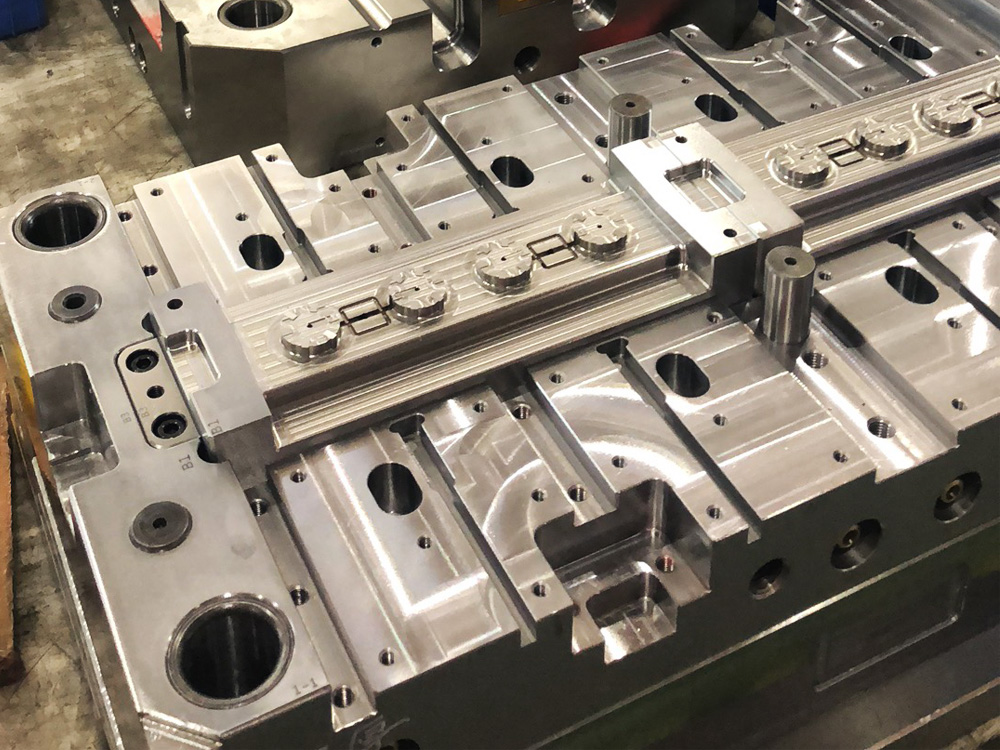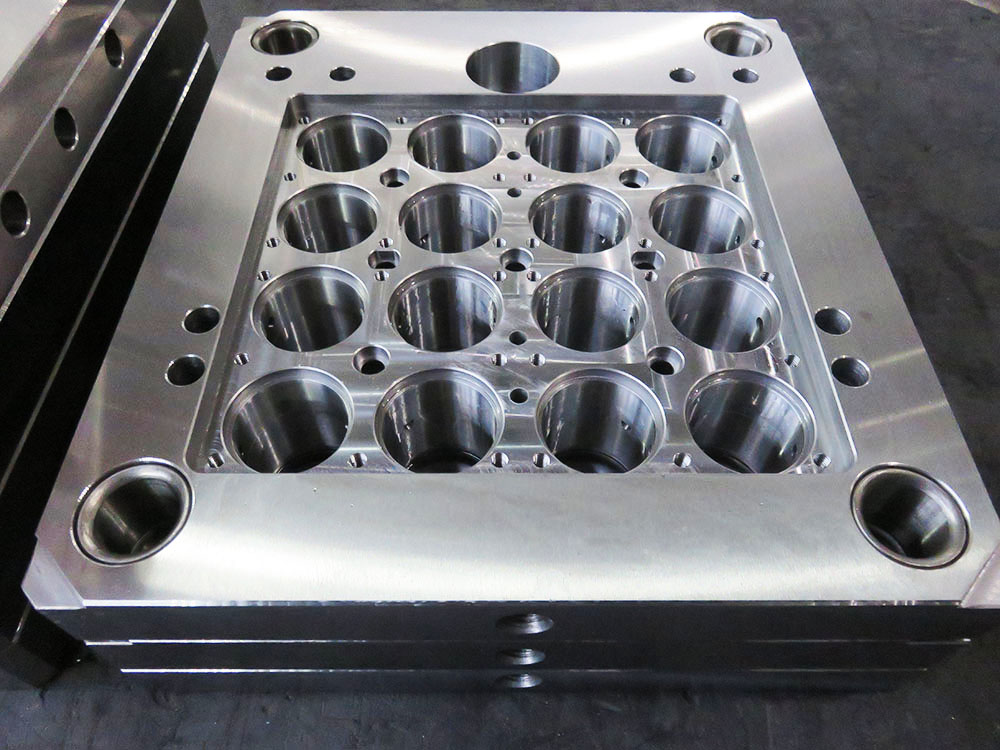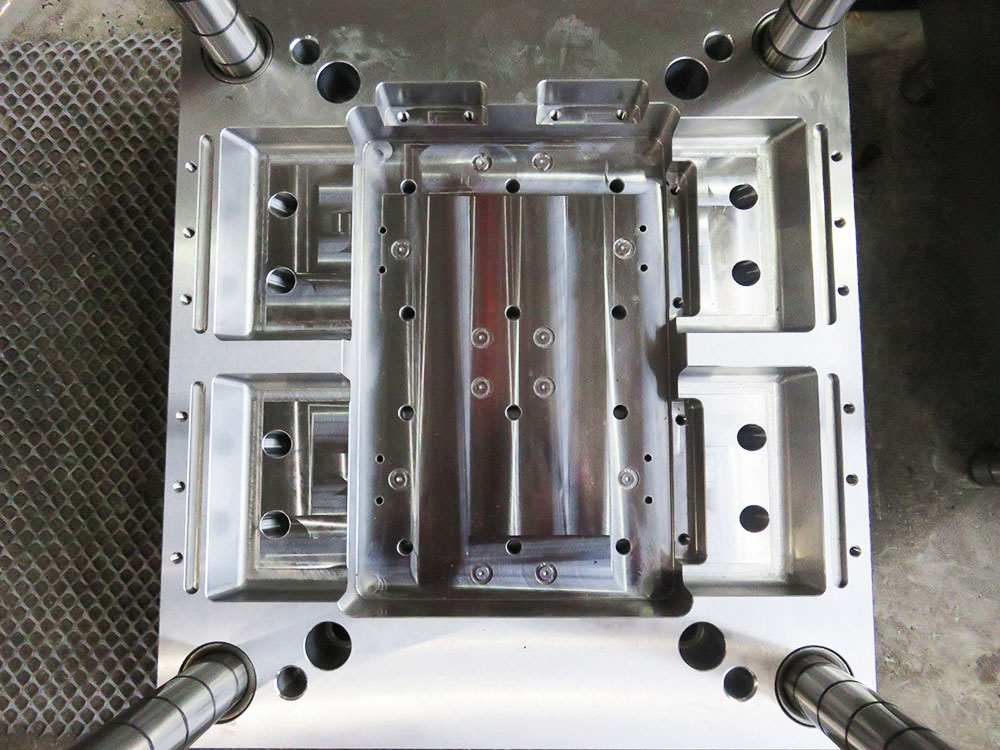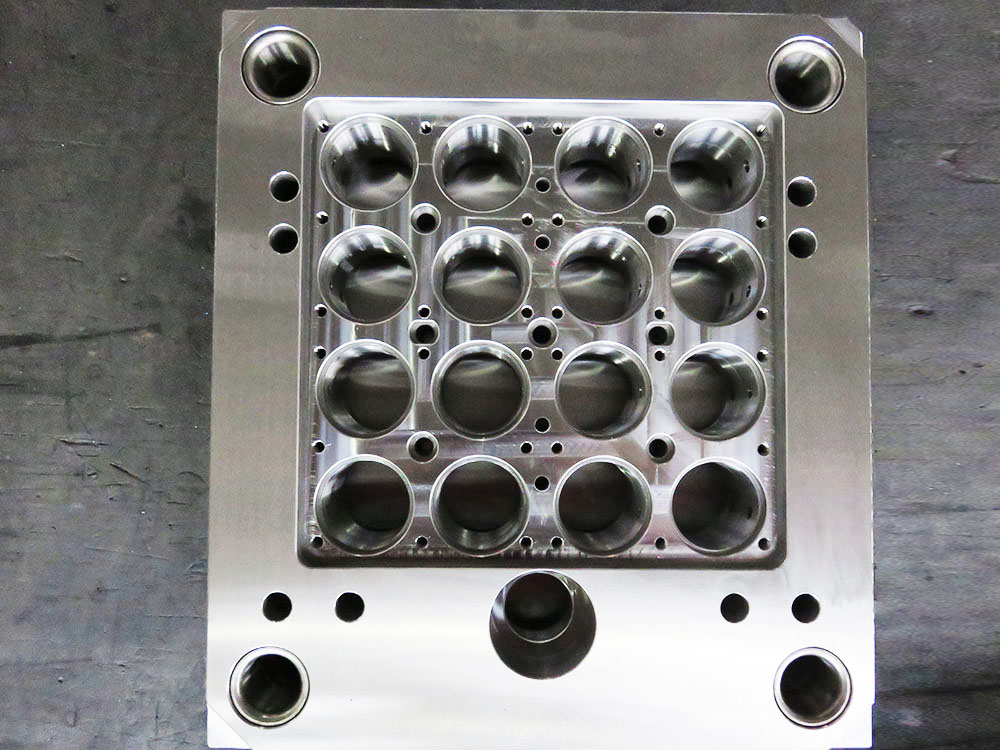How to Select the Stamping Die Frame in Mold Design
Stamping die frames play a vital role in mold design for the mold base industry. The die frame serves as the foundation to support the other components of the die, ensuring precision and efficiency in the stamping process. Selecting the right die frame is critical to achieving high-quality and cost-effective stamping operations. In this article, we will explore the key factors to consider when selecting a stamping die frame.
1. Material Selection
The choice of material for the die frame is essential to ensure durability, stability, and effective heat dissipation. The die frame is subjected to high pressures and thermal cycles during stamping operations. Therefore, it is crucial to select materials with sufficient strength to withstand these forces and maintain dimensional stability. Commonly used materials for die frames include tool steel, cast iron, and aluminum alloys. Depending on the specific requirements of the stamping process, the material selection should be carefully evaluated to achieve optimal performance.
2. Design Considerations
When designing the stamping die frame, certain considerations should be taken into account. First, the overall design should provide adequate support and rigidity to prevent deflection and distortion during stamping operations. The frame should be designed with appropriate thickness and reinforcement to ensure stability and minimize vibration. Additionally, the design should include provisions for proper cooling channels to dissipate heat generated during operation and maintain the desired temperature range for efficient stamping.
3. Compatibility with Die Components
Another crucial factor in selecting the stamping die frame is its compatibility with other die components. The frame needs to accommodate various components such as punches, dies, and guide elements, providing proper alignment and functionality. The size and configuration of the frame should be designed in such a way that allows easy assembly and disassembly of the die components. Proper clearances, tolerances, and mounting features should be considered to ensure seamless integration and efficient operation of the stamping die.
4. Weight and Size
The weight and size of the stamping die frame have a direct impact on the overall efficiency and cost-effectiveness of the stamping process. A heavy and bulky frame can increase the production cost due to higher material costs and increased energy consumption. Therefore, it is essential to select a frame with an optimal weight and size that meets the specific requirements of the stamping operation. This requires a thorough analysis of the stamping process, including the size of the workpiece, required forces, and machine capacity.
5. Cost Considerations
Cost is a significant factor in mold design and must be carefully considered when selecting a stamping die frame. The cost considerations go beyond the initial purchase price of the frame. Factors such as maintenance costs, tool life, and production efficiency should be evaluated. While it may be tempting to opt for a low-cost frame, it is important to assess the long-term benefits and potential risks associated with cheaper options. Balancing the initial investment with long-term productivity and quality is crucial to ensure the overall cost-effectiveness of the stamping die.
Conclusion
Choosing the right stamping die frame is a critical decision in mold design for the mold base industry. The selection process requires careful evaluation of material properties, design considerations, compatibility with other die components, weight and size, and cost considerations. By considering these factors, engineers can ensure optimal performance, durability, and cost-effectiveness in stamping operations. The stamping die frame serves as the backbone of the die, supporting the efficient production of high-quality stamped parts.




